Great White Snark
Well-Known Member
- Messages
- 889
That may have been it. These kind of mags aren’t available in newsstands, supermarkets and airport departure concourses like GQ, Esquire and Men’s Health, I onky see them during my occasional visit to a bookshop alongside Nylon, Cigar Aficionado and various watch magazines but I’ll check again next time I’m there.Would that be 'The Jackal'? Enjoy: https://www.thejackalmagazine.com


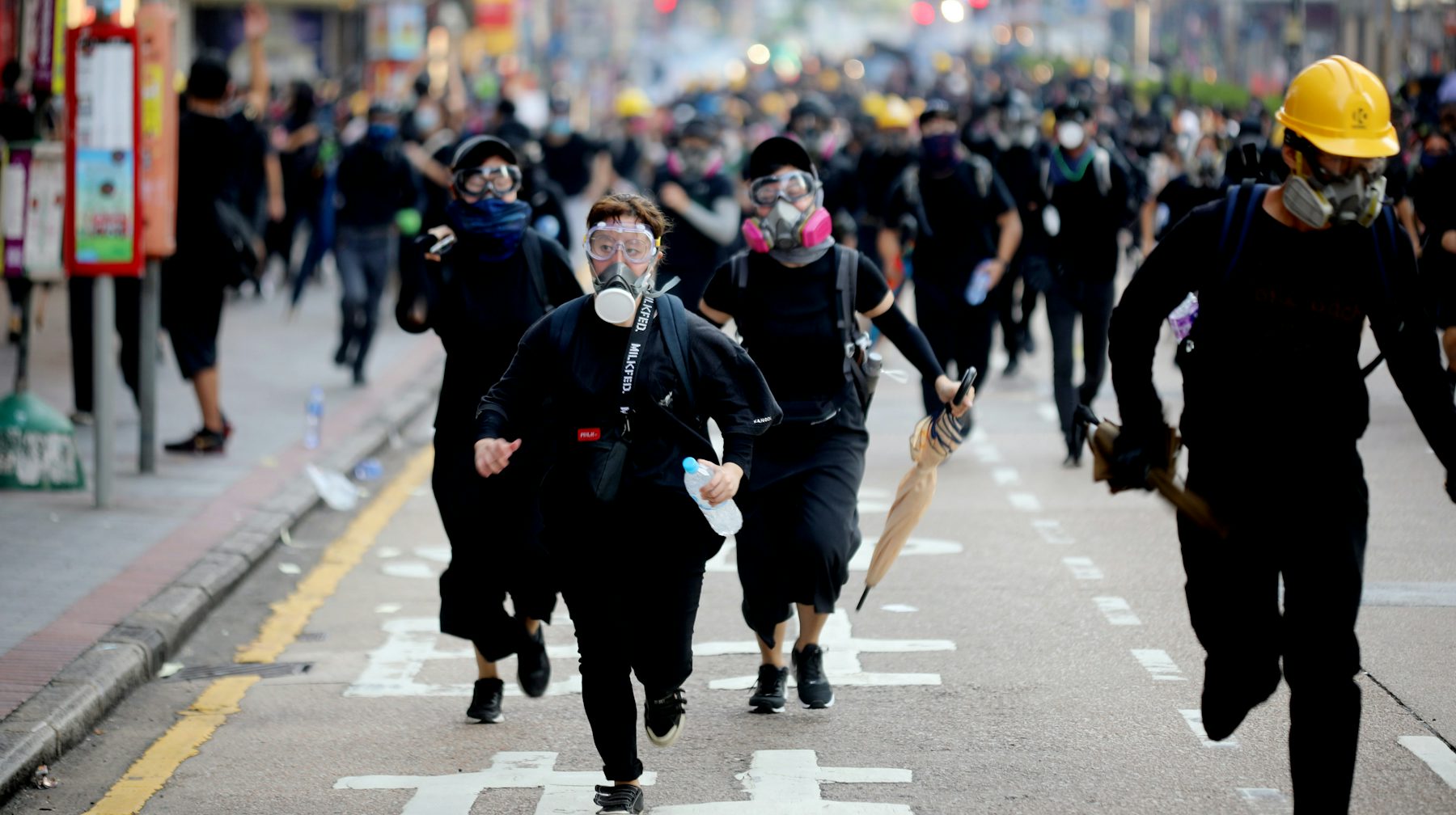
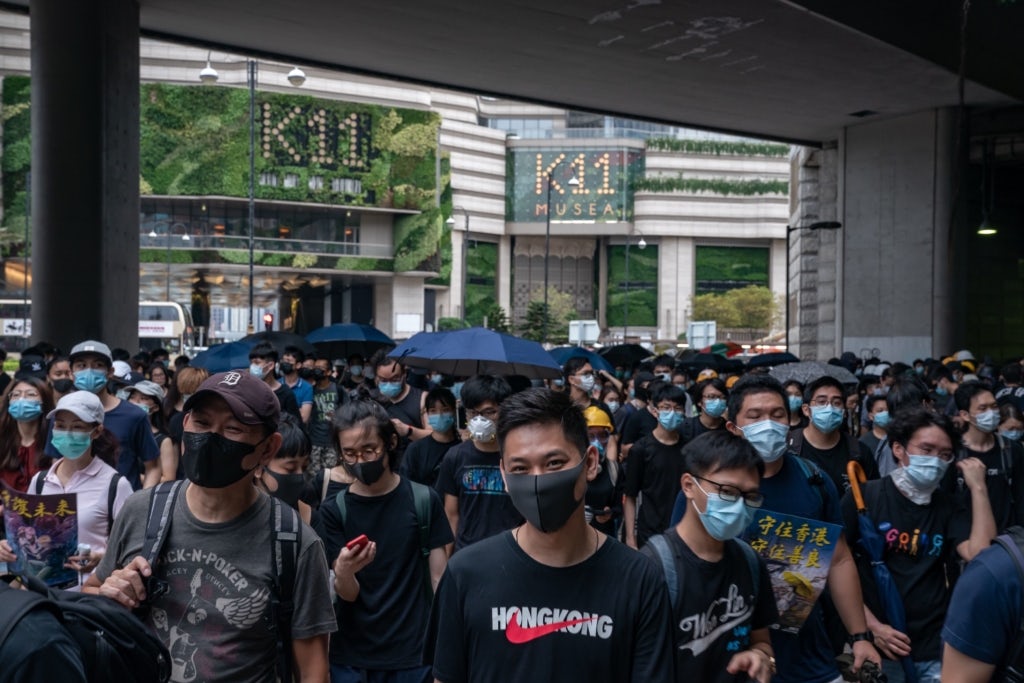
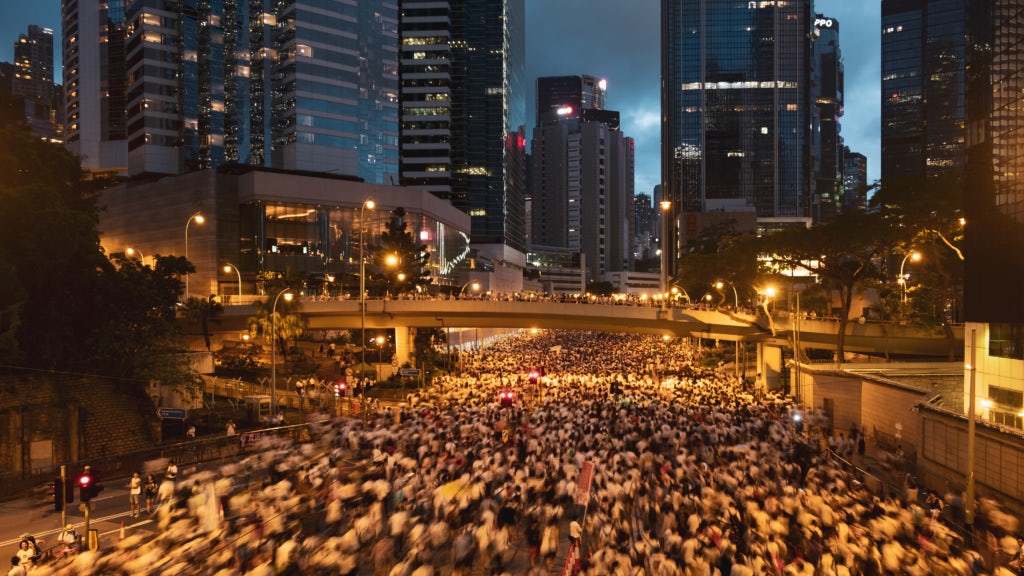
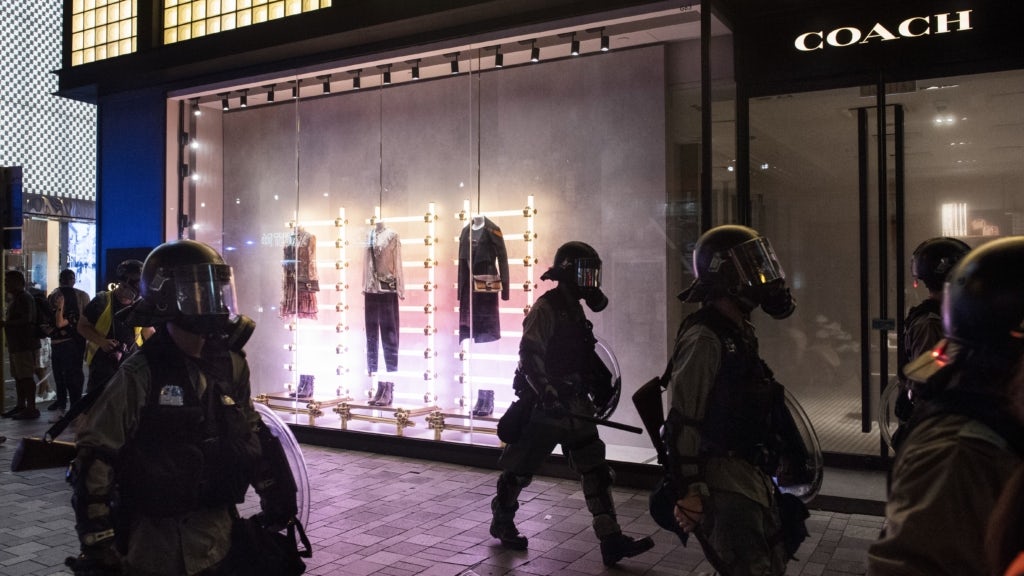
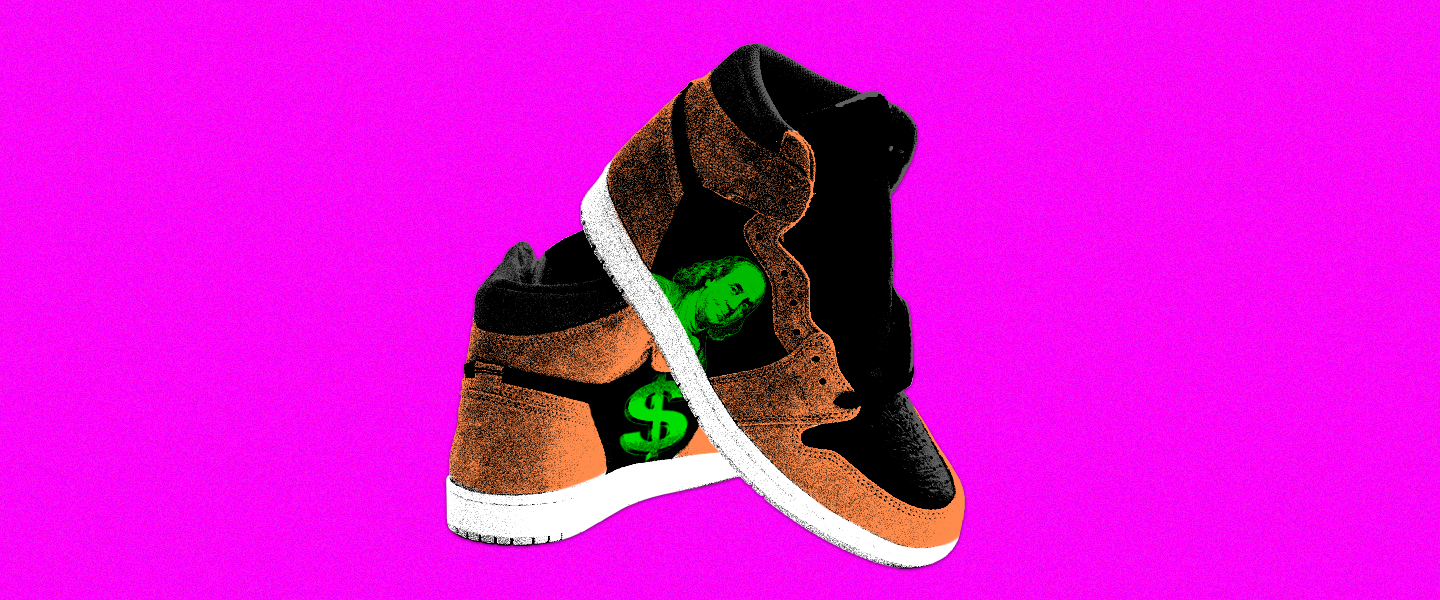
.jpg)